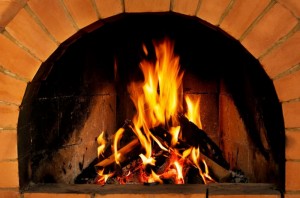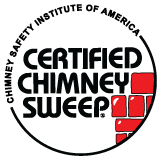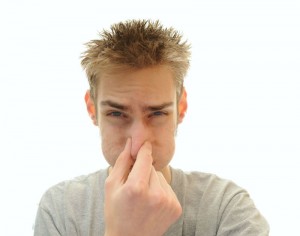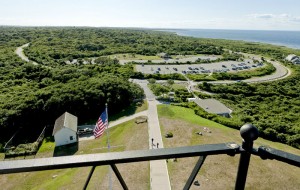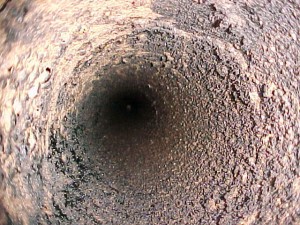The Importance of Reviewing Your Chimney Sweep
When it comes to hiring a professional for any service, you want the best. The best professionals stand out and are easy to find because of their certifications, policies, reviews and, warranty.
Unfortunately, homeowners find a very good service provider, but because of poor reviews. This causes homeowners to not to visit their webpage to find out about about warranties, certifications, referral programs, and more. For this reason it is vitally important that you review your chimney sweep company. Good or bad, you’re review will help us be a better business and help other homeowners in Suffolk County find us.
Why Your Review Matters
- Your positive review raises our score with sites such Angie’s List, Yelp!, and the Better Business Bureau (BBB) which uses specific criteria to create an overall score, including your customer reviews!
- Your review, positive or negative helps us to adjust our practices and reflect on our pricing, services, and community image. We want to be the best chimney sweep and masonry repair company in Suffolk County, and your reviews help us improve everyday.
- Your review lets us connect with you—not just on a personal level with your field technician, but with our owners, trainers, and office staff. Making connections with customers and community members is invaluable.
- Your review lets us know we are appreciated. We love to get a smile and a handshake when we complete a job, but an online review, or a recommendation to a friend or neighbor is the best way to show us we’re appreciated and valued for our services and professionalism.
- When you “like” us or leave a review on a social media site like Facebook, you are helping a new audience find out about our services. We Want Your Review.
Choose Us!
At Chief Chimney Services we’ve been sweeping Long Island’s chimneys since 1986. We’ve been nationally recognized as a chimney safety authority since 1994, and we wouldn’t be either without our customers. It’s our neighbors in Suffolk County that keep us in business. Their word-of-mouth to their neighbors, showing off their new fireplaces, and bragging about their last home sale. We depend upon reviews to always be better than yesterday. You can help.
Leave an honest review recalling all the details from your interaction with Chief Chimney Services—the good and bad. This will help us improve where there’s a need, and let us know what we’re doing well. We appreciate all criticisms. We also love to share success stories.
You can be a part of the Chief Chimney community today. Call 631-863-2460 now!


